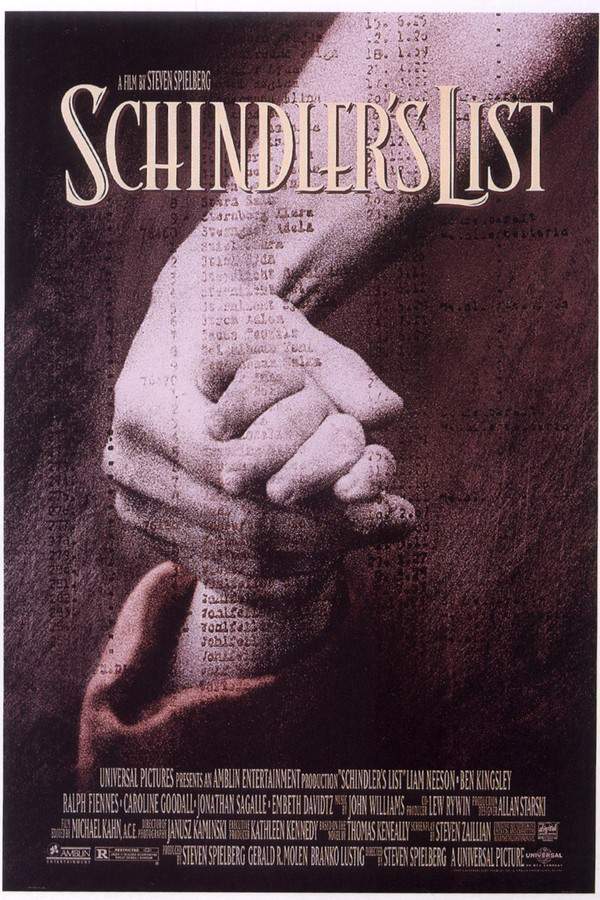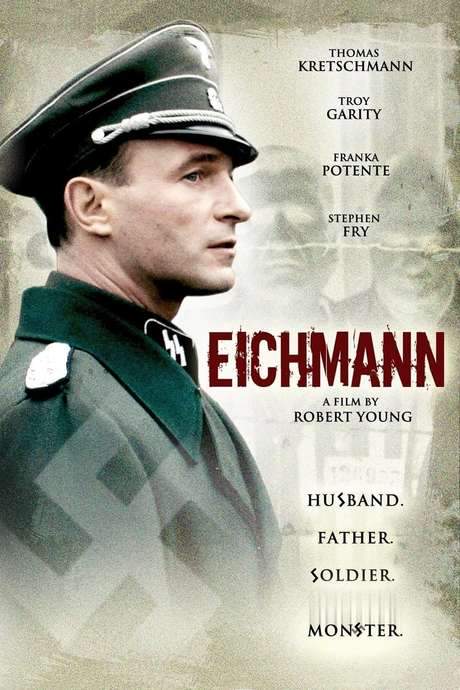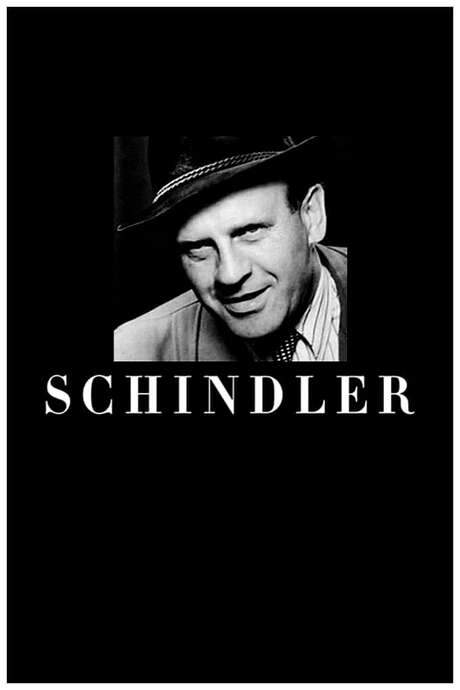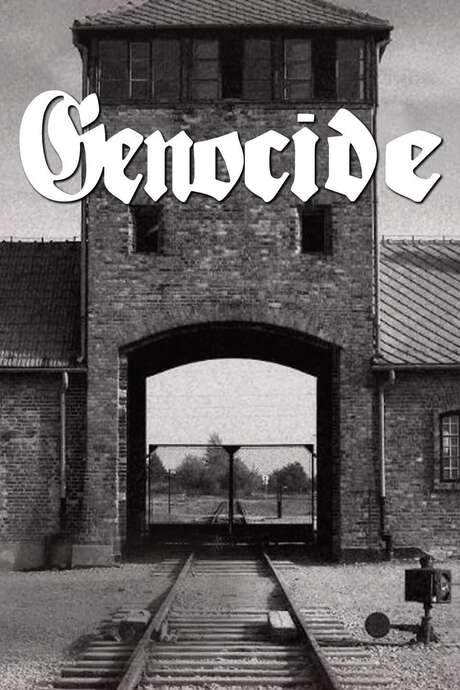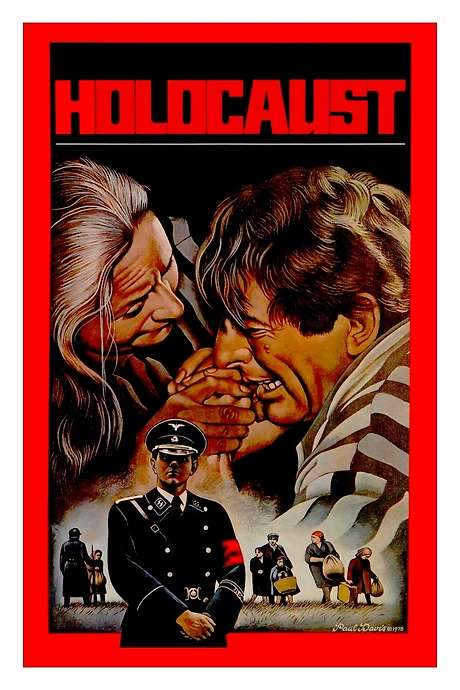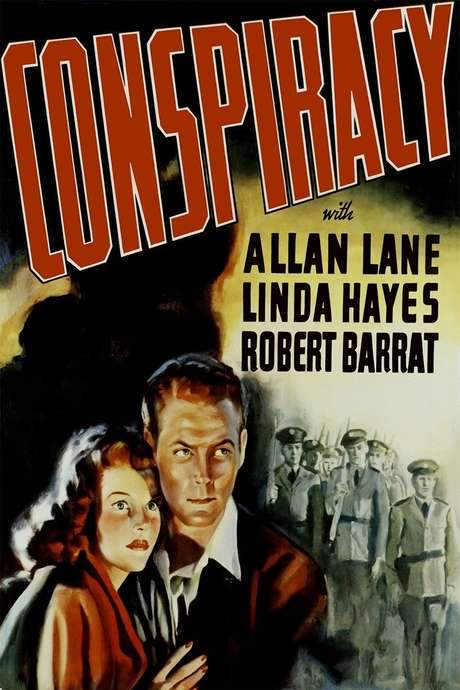
Conspiracy
Year: 2001
Runtime: 96 mins
Language: English
Director: Frank Pierson
At the Wannsee Conference on January 20, 1942, senior Nazi officials gather to coordinate the logistics of the “Final Solution to the Jewish Question,” devising how six million lives will be systematically exterminated. The meeting marks a decisive step toward the Holocaust.
Warning: spoilers below!
Haven’t seen Conspiracy yet? This summary contains major spoilers. Bookmark the page, watch the movie, and come back for the full breakdown. If you're ready, scroll on and relive the story!
Conspiracy (2001) – Full Plot Summary & Ending Explained
Read the complete plot breakdown of Conspiracy (2001), including all key story events, major twists, and the ending explained in detail. Discover what really happened—and what it all means.
On 20 January 1942, a high-level gathering of Nazi officials convened at a Wannsee villa, with Reinhard Heydrich presiding as chair. He carried a mandate from Reichsmarschall Hermann Göring to tackle what the regime called the “Jewish question” and to render Germany’s territories, including occupied Poland, the Ostland territories, and France, free of Jewish presence. The room brings together men drawn from different bureaus, each weighing his own interests as they listen for direction from the SS, and the mood is one of careful calibration rather than sheer bravado.
Early on, Friedrich Wilhelm Kritzinger questions the point of the exercise, arguing that the issue may already have been settled in practice. Heydrich, however, keeps the focus on policy, signaling a shift from emigration to what he calls “evacuation”—a term that, for the moment, leaves many questions unresolved and suggests a broader plan beyond immediate administrative remedies. The tension between bureaucracy and policy becomes apparent as the participants float various ideas—the idea of sterilization is weighed, and there is discussion of exemptions for mixed-race Jews who have non-Jewish grandparents. It’s clear that no single, coherent solution has been agreed upon yet; rather, the goal is to secure consensus and, above all, to obtain explicit direction from the SS.
As the meeting unfolds, Wilhelm Stuckart, a lawyer in the Reich Ministry for the Interior whom Heydrich praises, moves between caution and persuasion. His stubbornness appears to be a potential obstacle, and Heydrich privately notes the consequences of rigid positions. The tone is procedural, but the undercurrent is ominous: the officials are being asked to signal their support for a plan whose ultimate consequences are not yet spelled out in policy but are being framed with grim certainty.
The atmosphere shifts decisively when Adolf Eichmann lays out the core decision that has already been made in the higher echelons of power: the wholesale extermination of Europe’s Jewish population. He details the mechanism—gas chambers and crematoria—that will be used to carry out the plan, drawing attention to the existence of extermination camps at sites like Belzec, Sobibor, and Treblinka. The word “Final Solution” finally crystallizes in the room as a deliberate, systemic program rather than a rhetorical goal. The attendees realize that the euphemism of “evacuation” masks a planned, irrevocable genocide, and the magnitude of what lies ahead becomes painfully concrete.
Alongside Eichmann, other officials contribute concerns that reflect the various bureaucratic facets of the regime. There are questions about the public health risks in overpopulated ghettos—cholera and typhus are raised as foreseeable problems that could accompany mass removal. The meeting’s pauses and breaks become moments of counsel and intimidation, as Heydrich calls Kritzinger aside to press home the necessity of full compliance and unity in the face of such brutal policy. In a later recounting, Kritzinger shares a cautionary tale about a man consumed by hatred of his father, a parable that Heydrich interprets as a reminder that their project could lose its own humanity—though he rejects the notion that he will miss the Jews when the plan is carried out.
When the discussion resumes, Heydrich seals the outcome with a clear directive: the plan requires the quiet, secretive support of all involved and the assurance that they will maintain the confidentiality of the proceedings. The session ends with a tight, formal adjournment, and the participants depart with a chilling sense of where the conversation has led them.
In the aftermath, the film provides a brisk, almost clinical roll call of what happened to many of the men who took part. Some would die years later as the war unfolded; others were arrested and tried, or survived in various ways. Adolf Eichmann would eventually flee to Buenos Aires, only to be captured decades later and tried, ultimately meeting a death sentence in the 1960s. Reinhard Heydrich would be assassinated within months, a stark reminder that the regime’s machinery would not remain intact forever. The minutes themselves—those precise notes recording the conversation—have their own fate: among the records, a copy kept by the German Foreign Office, belonging to Martin Luther, survived when others did not, becoming a crucial historical artifact when it was recovered by the Allies in 1947.
Throughout, the film keeps a steady, restrained pace, letting the sharp, almost documentary tone carry the weight of what is being proposed and decided. The cast’s performances, including Josef Bühler, Karl Eberhard Schöngarth, and others, ground the proceedings in human detail, showing how each man contends with the pressure to align personal duties with a policy that would, in time, become one of the darkest chapters of history. The narrative never sensationalizes the events; instead, it follows the logic and the fear that propelled a system toward genocide, offering a clear-eyed view of how high-level decisions were translated into brutal, operational plans.
In the end, the Wannsee conference stands not just as a moment of policy formulation but as a chilling demonstration of bureaucratic collusion, where language is carefully chosen to obscure intent and where power consolidates around a single, horrific conclusion. The film makes no effort to glamorize or oversimplify; it presents a meticulous record of motives, doubts, and calculations, and it places a stark emphasis on the consequences that followed for millions of people, as the gears of a genocidal system began to turn with terrifying efficiency.
Last Updated: October 09, 2025 at 15:05
Unlock the Full Story of Conspiracy
Don't stop at just watching — explore Conspiracy in full detail. From the complete plot summary and scene-by-scene timeline to character breakdowns, thematic analysis, and a deep dive into the ending — every page helps you truly understand what Conspiracy is all about. Plus, discover what's next after the movie.
Conspiracy Timeline
Track the full timeline of Conspiracy with every major event arranged chronologically. Perfect for decoding non-linear storytelling, flashbacks, or parallel narratives with a clear scene-by-scene breakdown.

Characters, Settings & Themes in Conspiracy
Discover the characters, locations, and core themes that shape Conspiracy. Get insights into symbolic elements, setting significance, and deeper narrative meaning — ideal for thematic analysis and movie breakdowns.

Similar Movies to Conspiracy
Discover movies like Conspiracy that share similar genres, themes, and storytelling elements. Whether you’re drawn to the atmosphere, character arcs, or plot structure, these curated recommendations will help you explore more films you’ll love.
Explore More About Movie Conspiracy
Conspiracy (2001) Scene-by-Scene Movie Timeline
Conspiracy (2001) Movie Characters, Themes & Settings
Conspiracy (2001) Spoiler-Free Summary & Key Flow
Movies Like Conspiracy – Similar Titles You’ll Enjoy
Schindler's List (1993) Complete Plot Breakdown
Amen. (2003) Full Summary & Key Details
Operation Valkyrie (2004) Story Summary & Characters
Eichmann (2007) Complete Plot Breakdown
The Plot to Kill Hitler (1990) Full Movie Breakdown
Schindler (1983) Movie Recap & Themes
The Wannsee Conference (1984) Complete Plot Breakdown
Hitler’s SS: Portrait in Evil (1985) Ending Explained & Film Insights
Genocide (1982) Story Summary & Characters
The Execution (1985) Full Summary & Key Details
The Wannsee Conference: The Documentary (2022) Full Movie Breakdown
Holocaust (1000) Full Movie Breakdown
Conspiracy (1939) Plot Summary & Ending Explained
Conspiracy of Hearts (1960) Ending Explained & Film Insights
Nazi Concentration Camps (1945) Complete Plot Breakdown



